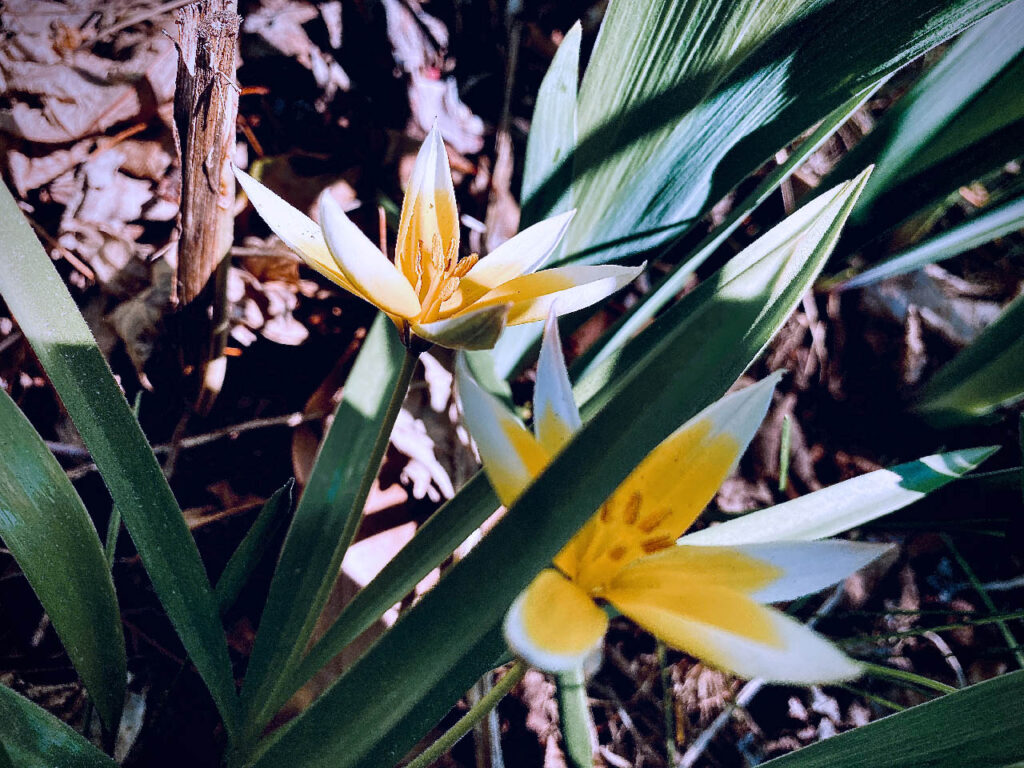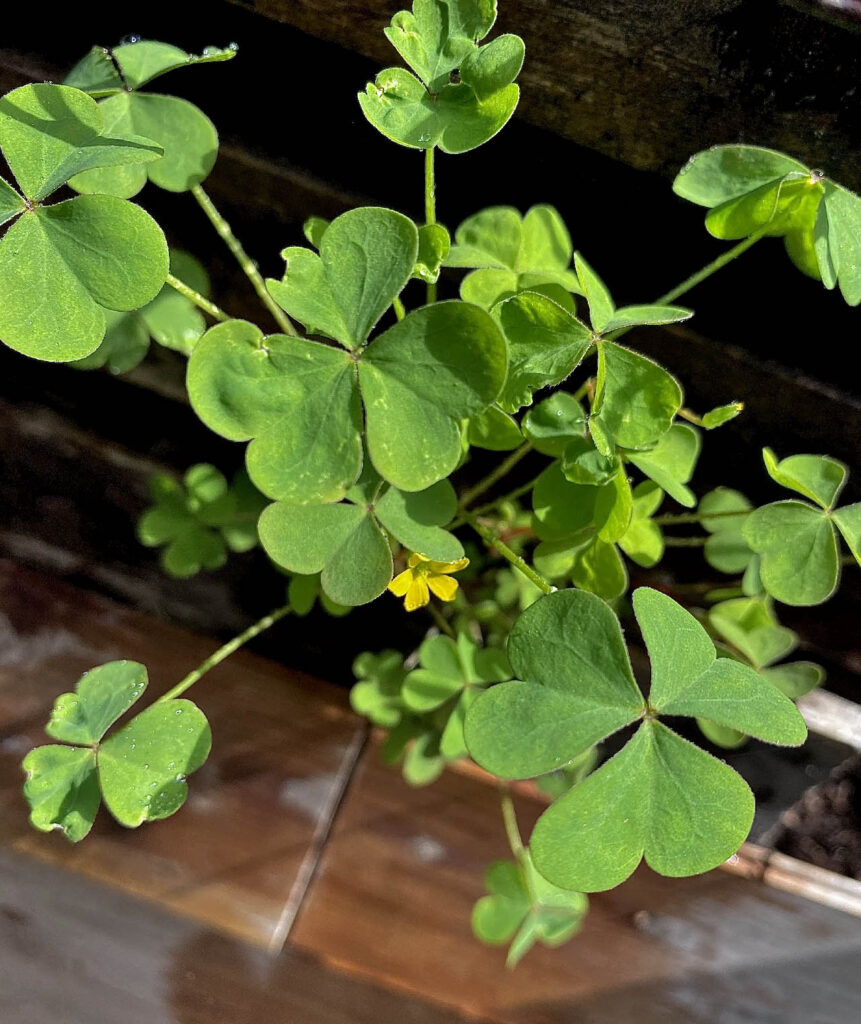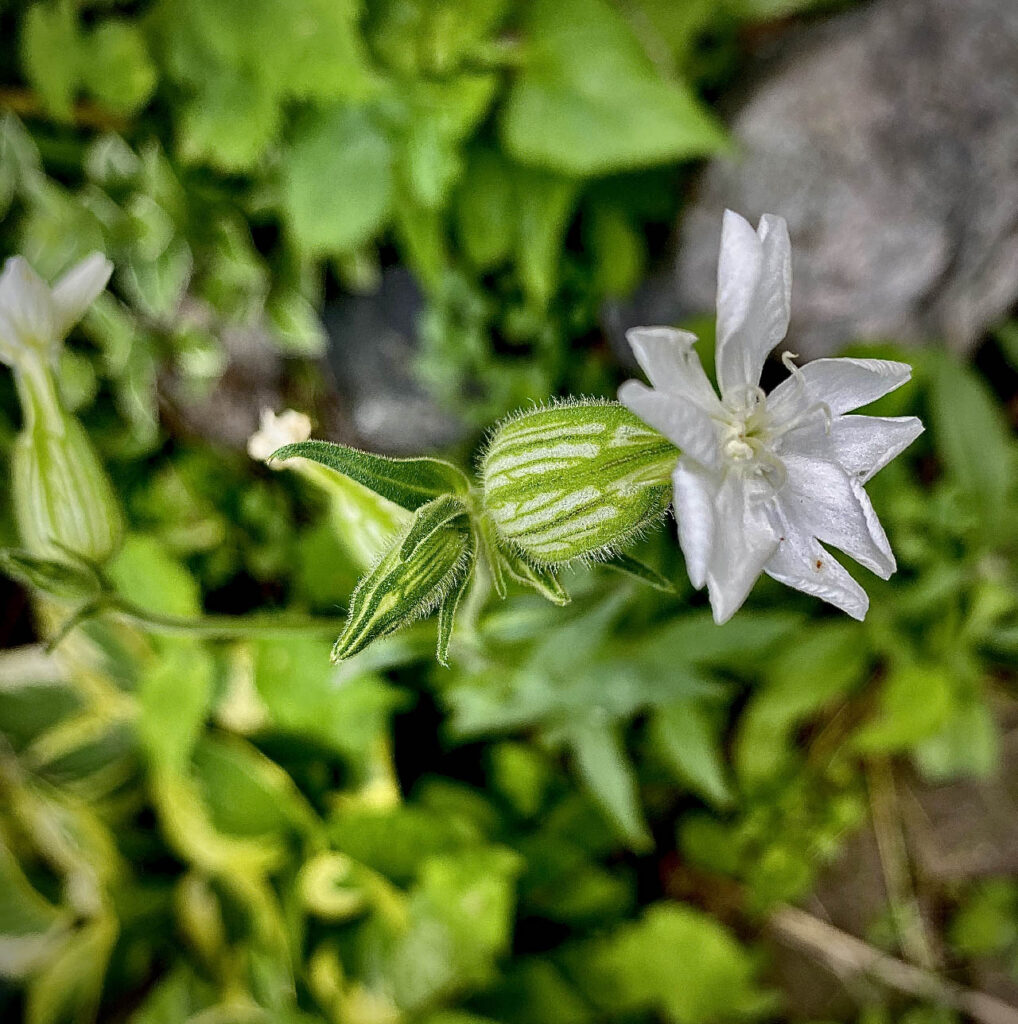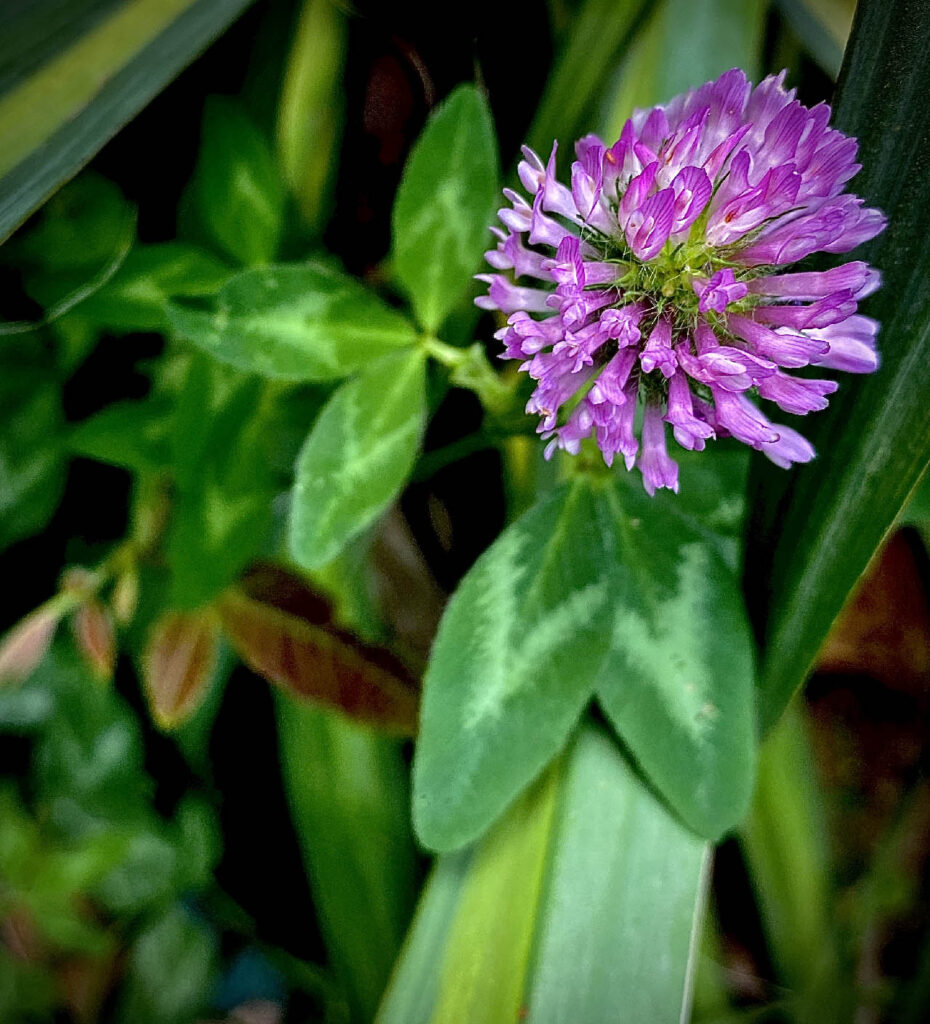Our decision at YearZero to focus on native plants is not isolated. We also have to look at what’s already present in the growing space. This year we found ourselves pointing to things and asking, “what’s that?” There are so many mystery plants that have been “naturalized” in the USA, seeds blowing around from species we may or may not actually want. So many vegetables, trees, and ornamental plants have been imported since the 20th century alone, generally in a thoughtless manner. But these identification notes look on the bright side: some of what we see as “weeds” do have some functional value.
Cowbell Campion (Silene Vulgaris)
The shoots, leaves, and flowers are edible. The earliest known references are from the seventeenth century in Spain and the eighteenth century in France. How it got here? Who knows. It is a perennial plant native to Europe and Asia and “naturalized” in the USA, CA, AU and in NZ. It is a nectar plant for butterflies. I would definitely consider this plant to be invasive on principle, but it does provide some use as a food source for pollinators for early summer. At some point I would like to get rid of it once the native wildflower garden is more established in this space.
.
.
Red Clover (Trifolium Pratense)
Why this pinkish-purple flowered plant is called red is a mystery to me. There are so many stupid names in the plant world, but that’s for another discussion (could be fun). Red clover is said to originate in Europe and Asia. Clearly it’s invasive since it will spread and grow anywhere with no attention paid to it. But it’s said to be a concentrated source of vitamins and minerals, and some use it in place of a multivitamin. Red clover’s flowers and leaves are said to be edible, and can be used as garnishes or ground into a flour. The flowers have been used to make jelly and herbal infusions, and are used in medicinal teas. Their essential oil may be extracted and its unique scent used in aromatherapy. It is said red clover can help stimulate the lymphatic system to improve the quality of the blood…essentially a cleaning agent. More commonly, red clover is used as a “green manure” crop for its nitrogen fixation, increasing soil fertility.
.
.

Botanical Tulip (Tulip Tarda)
Botanical tulip has been cultivated in Holland since 1590; native to Asia it will multiply and spread, returning each year. It doesn’t seem invasive since I haven’t seen it spread but according to my research it can. It is said to be the earliest blooming tulip and so it can serve as an early food source for pollinators.
.
.

Yellow Wood Sorrel (Oxalis stricta)
This perennial herb has a long taproot and produces multiple stems from the base which may grow upright or sprawl without rooting. It is considered a weed but people in the foraging lifestyle use it in salads and infused water. Bees, ants and butterflies seem to like the tiny yellow flowers. Some say this is a native plant; I found that the origin is contested.





